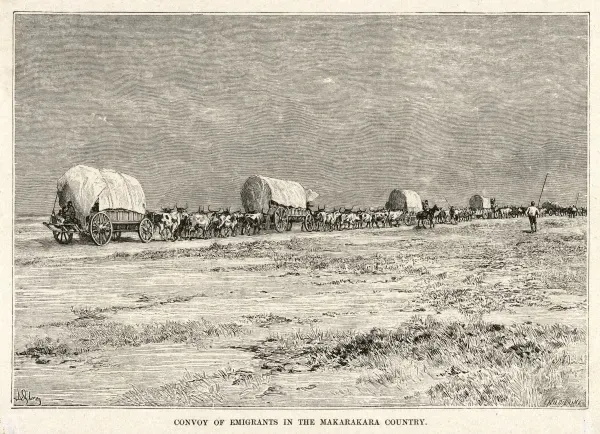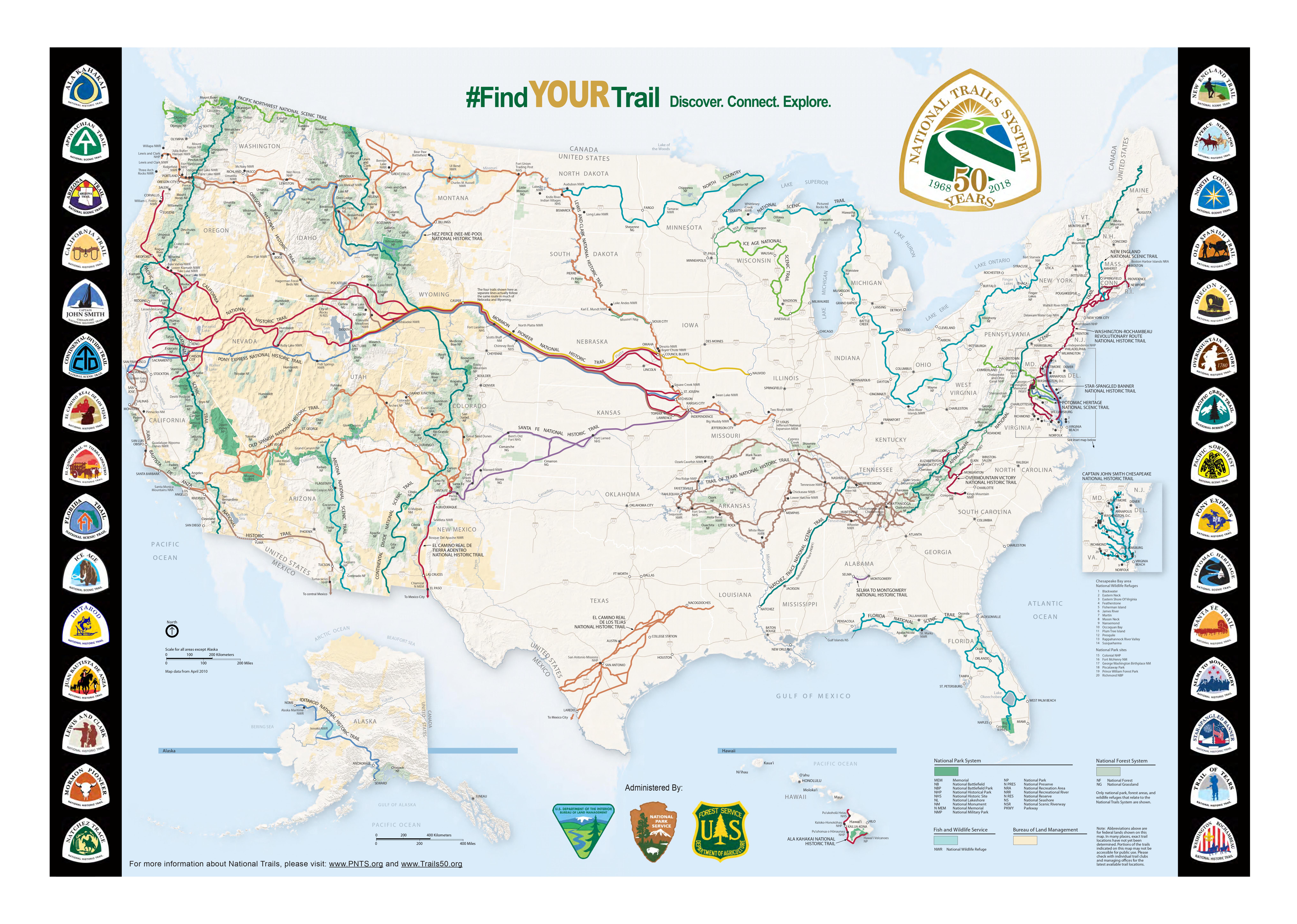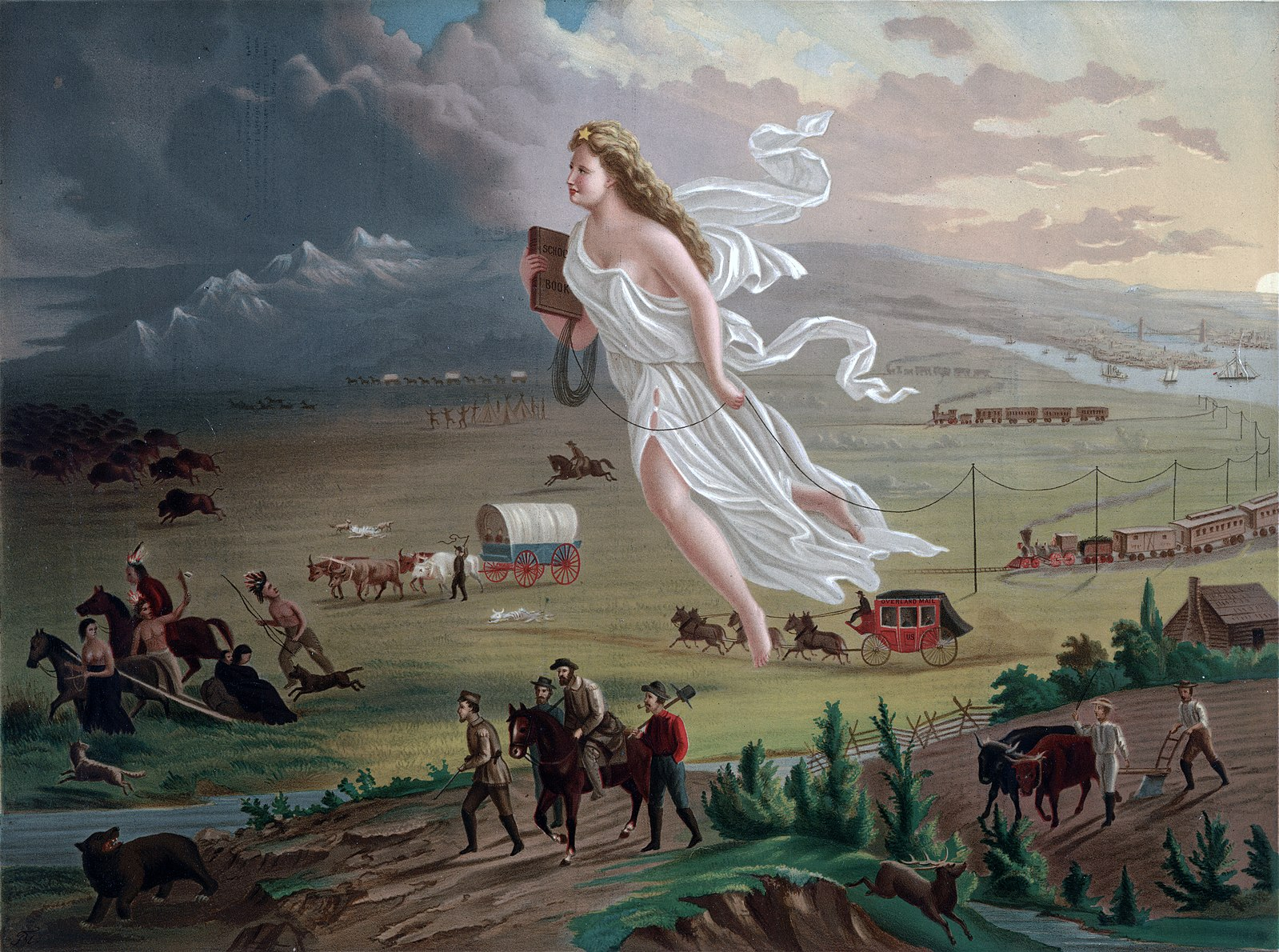Covered Wagons or Prairie Schooners
Polynesia (within the region of Oceania and may also include Micronesia and Melanesia) Culture is full of people exploring and moving around. And like them, the Israelites left Egypt for a homeland (Canaan). The Denaa and other northern tribal societies move as reindeer eat. Humans are nomads. It's in our blood. But our reasons differ. Some leave due to oppression, being discriminated against, and exploring the world and claiming the next spot for an empire. There are various other reasons.
So, humans moving is not fictional but something of a historical lifestyle.
The Wild West AKA American Frontier was no different except it also meant this was the first time people moved for potential resources which would make them rich or richer (California Gold Rush and later the Klondike "Alaskan" Gold Rush) or of "Manifest Destiny".
Wagons played a crucial role in the expansion westward of Americans who wish to live elsewhere for whatever reasons. Often on the Emigrant Trail (The Oregon Trail, The California Trail, and the Mormon Trail) but also on the Santa Fe Trail and The Old Spanish Trail. People always were in wagon trains but these vehicles ("prairie schooners" or "covered wagons") became symbols of opportunity as all traveled uncomfortably. But hardship was also a symbol.
A wagon was a mobile home, a storage unit, and a shelter.
A wagon was packed with essentials only. These included food, bedding, spare parts, and maybe family heirlooms. But discarded possessions were often as overloading had been very common. Of course, travelers rarely sat in the wagon. The ride was uncomfortable. Most walked. They tended to chores and guiding animals.
Only at night, they stopped. Wagons were arranged in a circle or semicircle. This was a makeshift fortification and corral.
Like the two-sided coin it was, wagons were often both a lifeline and a liability. This means they were also constantly being repaired on the trail. Basic carpentry and blacksmithing were learned due to necessity. Other challenges included low supplies and wrong choices, some of which could prove fatal.
River crossings, steep ascents, mud, rocky ground, storms and bandits, leaving too late in the season, and river depths were all issues that could wagons to break, people or animals to die, or people and items and animals stolen.
River crossings, steep ascents, mud, rocky ground caused wagons to break down, This could cause axles to snap or wheels to shatter.
Wagons, like most things on the evolution scale, were bound to be an era left behind and faster transportation was bound to come. But their relative brief existence era (1830's to 1870's) proved to have a lasting historical impact on American and transportation history. Many of the trails they carved are the basis of routes for our railroads and highways today.
Some are even in museums. And some are made to give a glimpse into a life long since past. To invoke the feelings our ancestors had while on those extremely long road trips. These reminders, of this period of westward expansion, are a way to remember how hard they worked for us to appreciate our modern tech.
Wagons in Westward Expansion
Wagons played a crucial role in the expansion westward of Americans who wish to live elsewhere for whatever reasons. Often on the Emigrant Trail (The Oregon Trail, The California Trail, and the Mormon Trail) but also on the Santa Fe Trail and The Old Spanish Trail. People always were in wagon trains but these vehicles ("prairie schooners" or "covered wagons") became symbols of opportunity as all traveled uncomfortably. But hardship was also a symbol.
Use and Daily Life
A wagon was a mobile home, a storage unit, and a shelter.
A wagon was packed with essentials only. These included food, bedding, spare parts, and maybe family heirlooms. But discarded possessions were often as overloading had been very common. Of course, travelers rarely sat in the wagon. The ride was uncomfortable. Most walked. They tended to chores and guiding animals.
Only at night, they stopped. Wagons were arranged in a circle or semicircle. This was a makeshift fortification and corral.
Challenges
Like the two-sided coin it was, wagons were often both a lifeline and a liability. This means they were also constantly being repaired on the trail. Basic carpentry and blacksmithing were learned due to necessity. Other challenges included low supplies and wrong choices, some of which could prove fatal.
Dangers
River crossings, steep ascents, mud, rocky ground, storms and bandits, leaving too late in the season, and river depths were all issues that could wagons to break, people or animals to die, or people and items and animals stolen.
River crossings, steep ascents, mud, rocky ground caused wagons to break down, This could cause axles to snap or wheels to shatter.
Wagons, often the Conestoga as it was the most iconic, were made from hardwoods and iron. Teams of horses, oxen, or mules pulled them. Oxen were seen as prized working animals or wagon-pullers due to their strength and endurance. Mules, though faster, were sometimes preferred by travelers with more money.
Wagons normally measured 10-12 feet long and 4 feet wide. They had large wheels for the rough terrain.
Legacy
Wagons, like most things on the evolution scale, were bound to be an era left behind and faster transportation was bound to come. But their relative brief existence era (1830's to 1870's) proved to have a lasting historical impact on American and transportation history. Many of the trails they carved are the basis of routes for our railroads and highways today.
Some are even in museums. And some are made to give a glimpse into a life long since past. To invoke the feelings our ancestors had while on those extremely long road trips. These reminders, of this period of westward expansion, are a way to remember how hard they worked for us to appreciate our modern tech.
Visit to find more information about the American Wild West: Wild West
Visit to find out more on Westward Trails in America: Westward Trails
Visit to find out more about wagons:
Covered Wagon



Comments